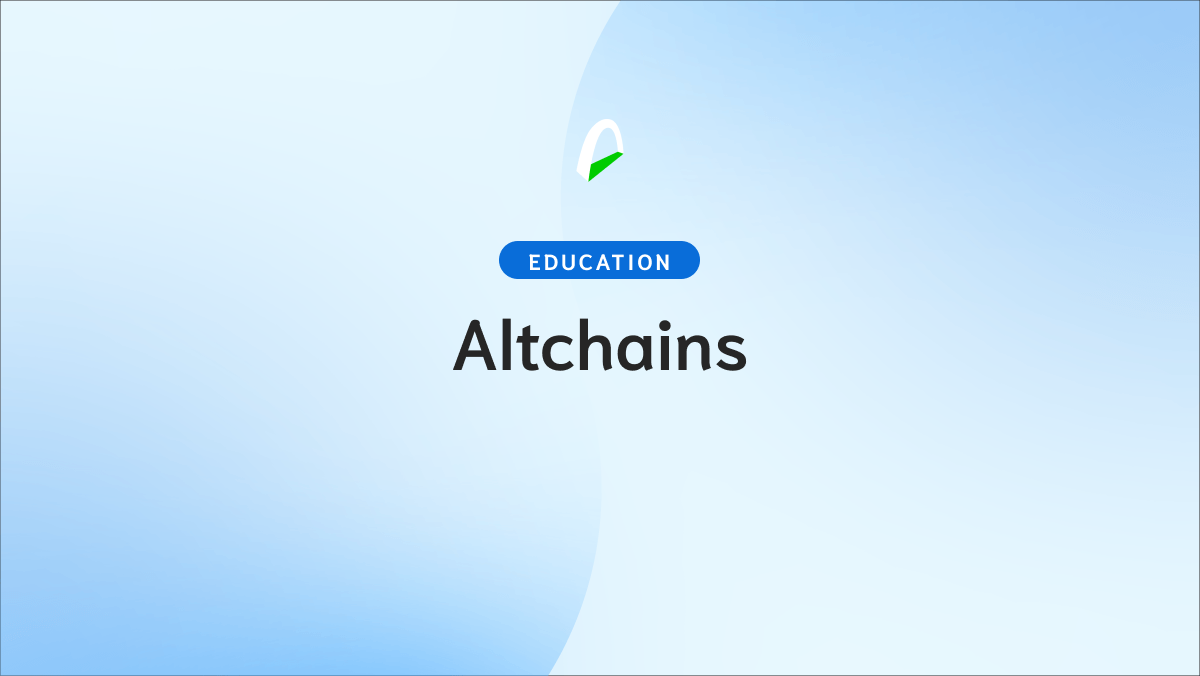The potential for value appreciation drives the popularity of tokens with hard caps – fixed supply cryptocurrencies that limit the maximum number of coins or tokens in circulation—for instance, Yearn.Finance's YFI token soared to a price peak at $40,000 this year due to its low available stock amounting to 30,000 tokens.
MEMES even saw an impressive jump from nothingness - literally 28K zero-supply memes tokens rose as high as $1 700 back in 2020.
Even Bitcoin can benefit from such mechanics within a blockchain protocol setting it apart from other digital assets by capping off total tradeable units at 21 million only.
When blockchain developers hope to get their project off the ground, they can rely on an initial coin offering (ICO) for funding.
This approach requires carefully balancing funds with both hard and soft caps – the former sets an absolute maximum of tokens that can be sold while ensuring adequate development velocity depends on developing a minimum threshold via the latter.
Implementing a hard cap is critical to securing the value of this project. Demand and supply must be maintained in equilibrium so token prices don't suffer if more tokens are supplied than needed, as an excess could lead to breaches in the projected road map.
Strict regulations will ensure these expected outcomes remain intact and fully realized.
Can a hard cap be changed?
The hard cap is an essential parameter of the blockchain code that can be found with a quick search on crypto analytics websites - but it's not set in stone.
Alterations, errors, and malicious manipulation are all potential disruptors to this limit; for example, before being fixed by developers, the 184M Bitcoin bug extended its 21 million token ceilings! In exceptional cases or deliberate intent, these parameters may result in a new digital asset emerging.
Developers must gain the community's support to change the blockchain. Without acceptance of updated rules, a hard fork is likely — requiring both harmony and agreement among participants to progress on this decentralized platform.
How are hard caps maintained?
It may seem attractive to miners for a quick financial gain, but producing additional tokens outside the hard cap requires massive resources and effort, with Bitcoin's halving process every four years.
This makes it impossible for miners to get more than their allocated share from cryptocurrency mining.
Working in the blockchain space, miners toil away as they attempt to create new blocks and process transactions.
However, without autonomous control over network rules, these efforts are all for naught if not accepted by many nodes that act as guardians - verifying the validity of both their generated token quantity and its related actions.
Miners are kept incentivized, and the value of a cryptocurrency is preserved through adherence to its hard cap.
Without it, an increase in supply would devalue the coin over time and minimize miners' earnings - making their work less rewarding. By keeping this limit intact, both parties can succeed!






